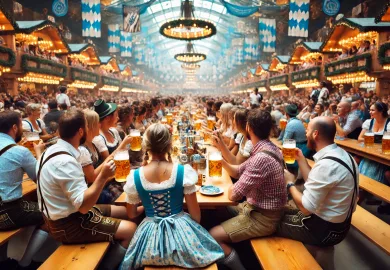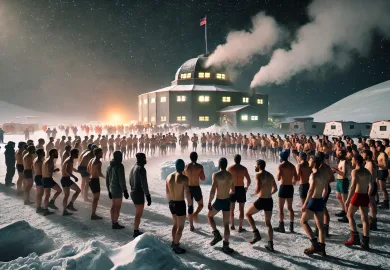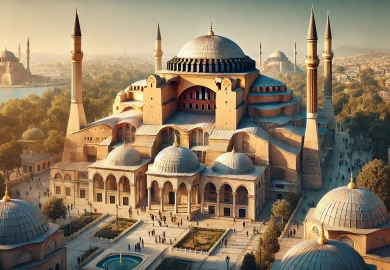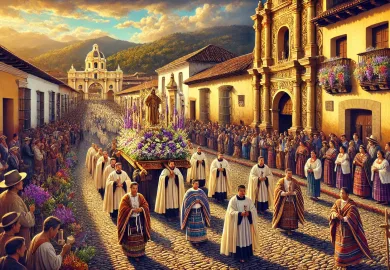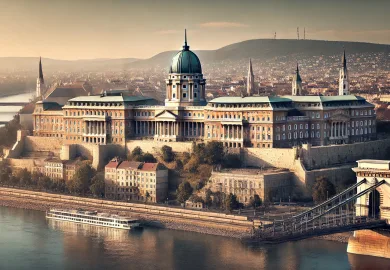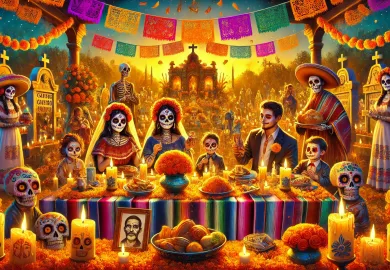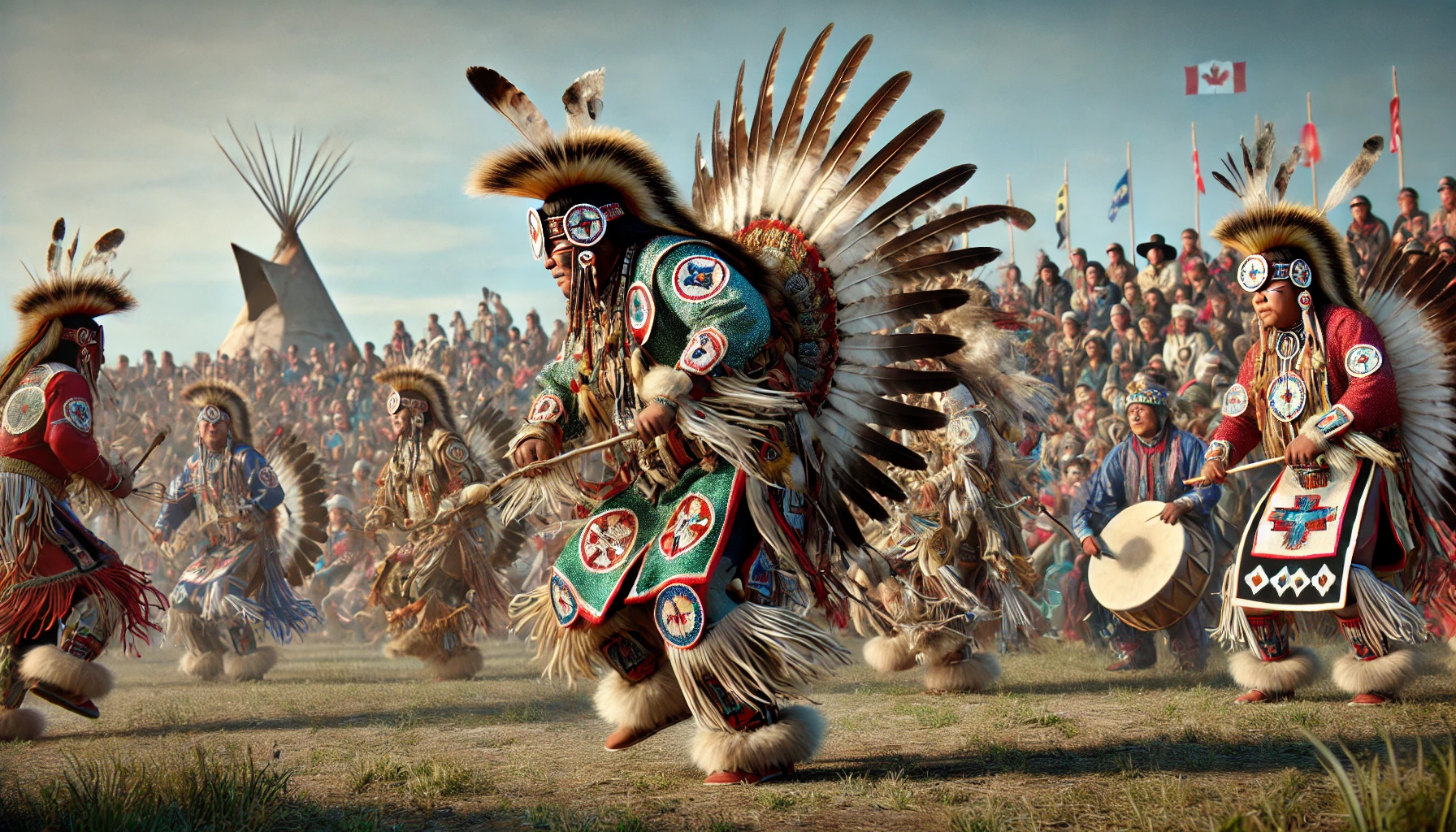
The Powwow is a deeply significant cultural event in Canada, serving as a vibrant celebration of Indigenous traditions, unity, and resilience. These gatherings are more than just a display of music, dance, and colorful regalia; they are a powerful expression of identity, community, and continuity for Indigenous peoples across the country. Powwows bring together individuals from various nations, offering a space to honor the past, celebrate the present, and inspire future generations. In this article, we delve into the rich history of Powwows in Canada, explore their cultural significance, and discuss the elements that make these events a cornerstone of Indigenous life.
The History of Powwows in Canada: A Journey Through Time
The origins of Powwows in Canada can be traced back centuries, long before European contact. Historically, these gatherings were held by various Indigenous nations as part of religious ceremonies, social events, or seasonal celebrations. While the term “Powwow” itself is derived from the Algonquian word “pau-wau,” meaning “spiritual leader,” the concept of gathering for communal activities is a shared tradition among many Indigenous groups.
The arrival of European settlers brought significant changes to Indigenous ways of life, including attempts to suppress cultural practices. In the 19th and early 20th centuries, the Canadian government implemented policies aimed at assimilating Indigenous peoples, including the banning of traditional ceremonies and gatherings. Despite these efforts, Powwows persisted, often held in secret to avoid persecution.
The mid-20th century marked a turning point as Indigenous activism and a renewed focus on cultural revitalization led to the resurgence of Powwows. Today, Powwows are not only a testament to the resilience of Indigenous cultures but also a celebration of their revival. They continue to evolve, blending traditional elements with modern influences while remaining rooted in their spiritual and communal significance.
The Cultural Significance of Powwows: A Celebration of Identity and Community
Powwows hold profound cultural significance for Indigenous communities in Canada. They are more than just events; they are living expressions of Indigenous identity, community, and spirituality. Each aspect of a Powwow, from the dances to the regalia, carries deep meaning and is steeped in tradition.
At the heart of every Powwow is the drum, often referred to as the heartbeat of Mother Earth. The drum’s rhythm sets the pace for the dancers and symbolizes the connection between the physical and spiritual worlds. The songs sung during Powwows are passed down through generations, often in Indigenous languages, and carry stories, teachings, and prayers.
Dancing is a central element of Powwows, with each dance representing different aspects of Indigenous life. There are various dance categories, including Men’s Traditional, Women’s Fancy Shawl, Grass Dance, and Jingle Dress Dance, each with its unique style, regalia, and significance. The intricate beadwork, feathers, and other adornments worn by dancers are not merely decorative but are symbols of cultural identity, status, and spirituality.
Powwows also serve as a space for intergenerational connection and community building. Elders pass down knowledge and traditions to younger generations, ensuring the continuity of cultural practices. The gathering of different nations at Powwows fosters a sense of unity and shared identity among Indigenous peoples, reinforcing bonds that transcend geographical boundaries.
The Elements of a Powwow: Music, Dance, and Regalia
A Powwow is a sensory experience, rich in sounds, sights, and movement. The combination of music, dance, and regalia creates an atmosphere of celebration, reverence, and cultural pride.
The Drum and Song
The drum plays a central role in Powwow music, providing the rhythmic foundation for the songs and dances. There are different types of drums used in Powwows, ranging from the large “grandfather” drum, typically played by a group of men, to smaller hand drums used by individual performers. The songs, often performed in groups, are integral to the Powwow experience, with lyrics that convey spiritual messages, honor ancestors, and celebrate life.
Dance Categories
Powwow dances are diverse, with each style offering a unique expression of cultural heritage. Men’s Traditional Dance is characterized by movements that mimic hunting and battle scenes, symbolizing the role of warriors in Indigenous societies. In contrast, the Women’s Fancy Shawl Dance, often referred to as the “Butterfly Dance,” showcases the grace and agility of the dancers, who twirl and leap in brightly colored shawls that resemble butterfly wings.
The Grass Dance, one of the oldest Powwow dances, involves fluid, sweeping movements that mimic the natural sway of grass. This dance is believed to have originated from the practice of flattening the grass before ceremonies. The Jingle Dress Dance, worn by women adorned with rows of metal cones that produce a distinctive sound, is both a dance of healing and a form of prayer, with each jingle representing a prayer or a wish.
Regalia: A Visual Language
The regalia worn by Powwow dancers are not merely costumes but are deeply symbolic garments that tell a story of heritage, identity, and spirituality. Each piece of regalia is carefully crafted, often handmade, and features intricate designs, beadwork, and feathers that hold cultural significance.
For instance, eagle feathers, considered sacred in many Indigenous cultures, are often prominently featured in regalia. They represent a connection to the Creator and are awarded as a mark of honor and respect. Beadwork, another common element in Powwow regalia, reflects personal and cultural stories, with colors and patterns often carrying specific meanings.
Regalia is also a means of expressing individual identity within the broader context of Indigenous culture. Dancers often spend years perfecting their regalia, which is then passed down through generations, becoming a cherished family heirloom.
The Modern Powwow: A Dynamic Cultural Experience
While Powwows are deeply rooted in tradition, they have also evolved to reflect the changing dynamics of Indigenous life in Canada. Today’s Powwows are vibrant events that blend the old with the new, incorporating contemporary influences while maintaining a strong connection to traditional values.
Powwow Competitions
One of the modern elements of Powwows is the inclusion of dance and drum competitions. These competitions add an element of excitement and showcase the skill and creativity of the participants. Dancers and drummers from different nations compete in various categories, often traveling long distances to participate. The competitions are judged based on factors such as rhythm, precision, and adherence to traditional styles, with winners receiving prizes and recognition.
Powwow Etiquette and Inclusivity
Modern Powwows are inclusive events that welcome people from all backgrounds. While they remain deeply spiritual and culturally significant for Indigenous communities, they are also open to non-Indigenous attendees who wish to learn and experience the richness of Indigenous cultures. However, there are specific etiquettes that attendees are expected to follow, such as not touching the regalia, asking for permission before taking photographs, and showing respect during ceremonial dances and songs.
The Role of Powwows in Cultural Revitalization
In recent years, Powwows have played a crucial role in the broader movement of cultural revitalization among Indigenous communities. They have become platforms for reclaiming and celebrating Indigenous languages, arts, and traditions that were once suppressed. Powwows also provide an opportunity for Indigenous youth to connect with their heritage, learn from Elders, and take pride in their cultural identity.
Powwows are also increasingly recognized and supported by the wider Canadian society, with many non-Indigenous organizations and institutions partnering with Indigenous communities to host or sponsor these events. This collaboration reflects a growing recognition of the importance of preserving and promoting Indigenous cultures as a vital part of Canada’s national heritage.
Conclusion: The Enduring Legacy of Powwows in Canada
The Powwow is more than just a cultural event; it is a powerful symbol of the resilience, strength, and beauty of Indigenous cultures in Canada. From their ancient origins to their modern-day incarnations, Powwows have endured as a testament to the enduring spirit of Indigenous peoples. They offer a space for healing, celebration, and connection, where traditions are honored, and new memories are created.
As Canada continues to reckon with its colonial past and seeks to build a more inclusive and equitable future, Powwows stand as a reminder of the rich cultural diversity that exists within the country. They are not only a celebration of Indigenous identity but also an invitation for all Canadians to learn, respect, and participate in the ongoing journey of reconciliation and cultural renewal.
By attending a Powwow, whether as a participant or a spectator, one can gain a deeper appreciation of the complexities and richness of Indigenous cultures. The sights, sounds, and stories that come alive at a Powwow offer a unique and profound insight into the heart of Indigenous life, making these gatherings an invaluable part of Canada’s cultural landscape.
In a world that is constantly changing, Powwows serve as a beacon of continuity, grounding Indigenous peoples in their traditions while also embracing the future. They remind us all of the importance of community, respect, and the celebration of life in all its forms.

